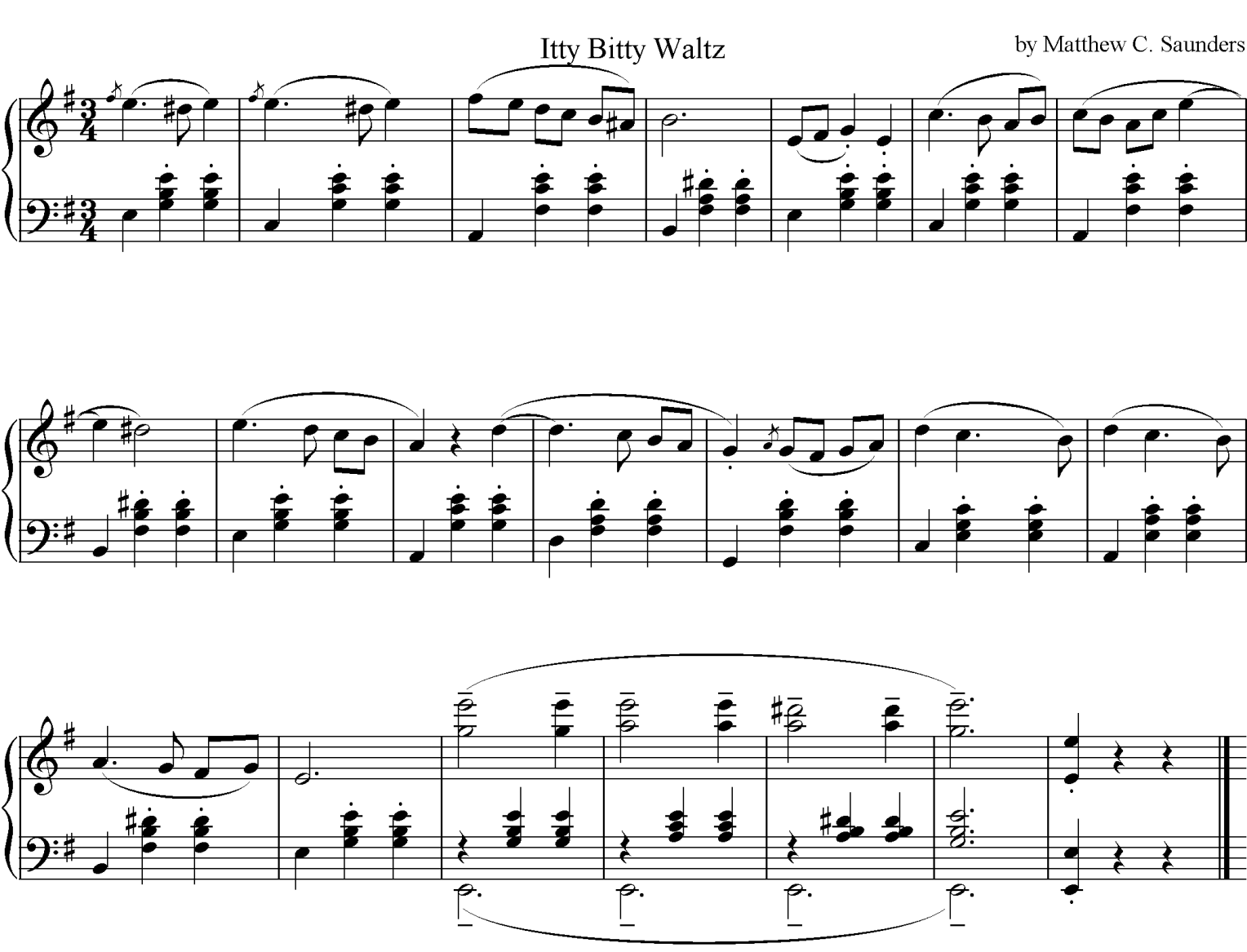Here’s the May 2009 installment of my series of posts on the Beethoven Piano Sonatas. This month is Sonata No. 31 in A-flat, Op. 110–next month will be the last month in the cycle, which means I will need a new analysis project–let me know if you want to start one with me and dialog on the compositional aspects of pieces from the standard repertoire. I could, of course, spend another few years going back over the Beethoven Piano Sonatas, but there is so much great music out there that I’ve never even touched, that I feel like it would be better for me to move on. So… I haven’t decided on my next project yet, but I do have some ideas… if one or more people were interested in working through some pieces with me, I would let them have some input in the decision. I’ve considered the Mahler symphonies, Bach’s St. Matthew Passion, Beethoven’s string quartets, Chopin’s Preludes… let me know what you think!
On to the piece: A study in contrast this one, and highly indicative of the “official” traits of Beethoven’s late style as it has been taught to me. I’ll dive right in.
The first movement, if not in textbook sonata form, at least seems to reference it. I’m not Donald Tovey, who looked for sonata form in every piece he ever analyzed (the last movement of Schumann’s Piano Quintet is a Rondo with sonata aspects, not a straight sonata-allegro), but it seems reasonable to assert that Beethoven is working with thematic groups and a strong sense of motivic unity. His use of core technique is somewhat fascinating, as it is built on a descending thirds sequence instead of the usual stepwise sequence. I’m puzzled by the modulation to E major in what corresponds to the recapitulation. This isn’t Beethoven opening up a window to another tonal world but rather knocking out a wall–a very unexpected place, although it makes sense that something different needs to happen where the exposition modulated to E-flat (the modulatory technique to E is an enharmonic respelling of a borrowed chord… IV becomes iv, which is vi in the new key; Beethoven gets out of that key by a fascinating use of common-tone technique and sequence).
To understand Beethoven’s use of sequence is often to gain understanding of his medium-scale structure (and in some cases, large scale, as in the “Spring” Sonata). In Las Cruces last week, I spoke with Fred Bugbee about NMSU’s music theory track, and eventually the conversation came around to sequences. One reason I’ve decided to part company with my current theory textbook, Kotska & Payne’s Tonal Harmony is that their treatment of sequences simply lacks body. The new generation of theory textbooks is much more realistic about the use of sequence in tonal music, and, truthfully, it was teaching from Clendinning & Marvin’s The Musician’s Guide to Theory and Analysis that really got across how important sequence is. My study of Beethoven has only reinforced that.
The second movement, Allegro molto is diminutive in proportion, but as will all Beethoven’s scherzi, I am amazed at the sheer craft involved. Every time I make the mistake of listening to a Classical or Romantic scherzo as merely a light, intermezzo sort of movement, I tend to realize that I’m not doing it justice. With some composers, it’s an easier mistake to make than with others. Much of Mendelssohn’s genius seems to lie in his scherzi, for example, while Dvorak has a tendency to revert to folk dances. Nearly every time I look closely at a scherzo, however, I see a level of compositional craft that equals the outer movements. It is as though composers were freed from the strictures of sonata-allegro or rondo (although most rondos have wonderfully original moments) and could pull out the tricks they worked on as students–canon, invertible counterpoint, rhythmic surprises, and the works. What fun! Beethoven doesn’t use contrapuntal tricks, but in this tiny scherzo, he gives us the most rhythmically ingenious and formally cogent plan of the piece. Why should this tiny movement have a coda when the first movement has none? I suspect it is more necessary here because we have heard the A-section twice, and the listener needs to have a fuller sense of closure than a simple cadence.
I could puzzle over the last movement for quite some time. Here is Beethoven’s late-style interest in counterpoint (the fugue, complete with a second exposition in inversion), side-by-side with harmonic innovation (a common-tone diminished-seventh chord with a modulating function), and a confusion about rhythm and key signatures that simply doesn’t make sense at this point. To wit: for much of the piece, the key is A-flat minor, at least until the start of the fugue, but the expected seven-flat key signature never appears. Instead, the movement begins in B-flat minor, shifts to E major and then is written in E-flat minor. Are these key signatures simply flags of convenience? At the same time, Beethoven indicates “Recitative,” and breaks out of the signified meter (common time). How free is this meter? And how, precisely, is the performer to understand the subsequent barlines? The “Klagender Gesang” in 12/16 meter is another puzzling aspect–it is almost as though Beethoven is writing a fantasia, a written-out improvisation, at the end of which he launches into the fantastic three-voice fugue.
Then this full-bodied G minor and G major review of earlier material–the “Klagender Gesang” in G-minor paralleling the A-flat minor section and the fugue (in inversion) in G-major (although we get only an exposition and a long episode). At last, the retuirn (recapitulation?) of the fugue subject in the original key–part recapitulation, part coda, really.
One more Beethoven sonata–I look forward to Ludwig’s valedictory effort in the genre.
